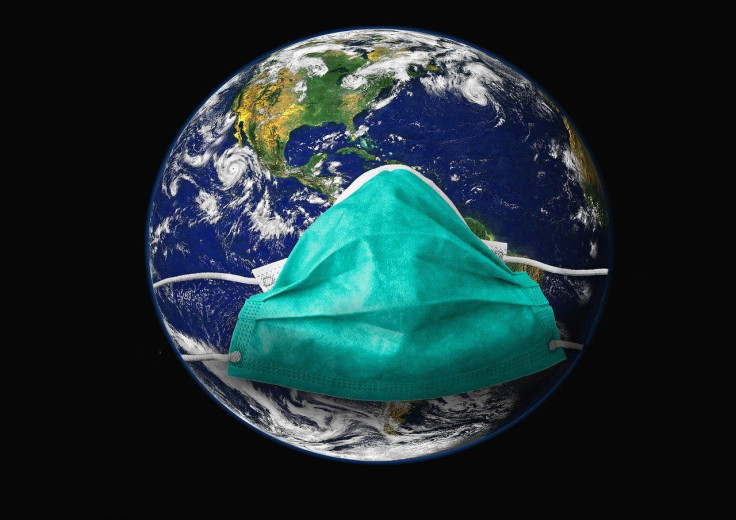Researchers Test Face Masks, Reveal Least Effective Type Against Coronavirus
KEY POINTS
- Wearing of masks has become mandatory in many states
- Researchers ranked which among the common masks are the most to least effective
- N95 masks are still the most effective at curbing the spread of the virus
Researchers developed a test that helped them determine which among the types of face masks are effective for preventing the spread of the coronavirus.
The gradual reopening of the economy also gave birth to a new normal where people need to maintain a safe distance from others and wear masks to help prevent the spread of the virus. Along with this new normal is the proliferation of different types of masks sold online and on-site. The question, however, is which among these masks give the best protection and which ones do not.
With this in mind, a group of Duke University researchers developed a simple technique that helps analyze the effectiveness of different types of masks, which are now an indispensable part of the garb of anyone venturing out in public.
According to Martin Fischer, one of the study's authors, the quest came about after a professor at the School of Medicine at Duke University tried to help a local group purchase masks in bulk to distribute to those who need them in the community. The professor wanted to ensure that the group gets masks that are actually effective.

In the study published Friday, Aug. 7, Duke's physics department researchers, using a laser beam and mobile phone, showed a simple method that helps evaluate the efficacy of the mask against transmission of respiratory droplets while talking naturally.
Fischer told CNN that for the test, they used a laser, a black box and a camera. "The laser beam is expanded vertically to form a thin sheet of light, which we shine through slits on the left and right of the box," he said.
They cut a hole in front of the box, allowing a speaker to talk into it. A mobile phone camera is then placed on the back of the box to capture the light that may scatter in different directions when respiratory droplets pass through the beam when the speakers talk.
Researchers tested a total of 14 masks, including a professional, snug fit, N95 mask that is oftentimes reserved for health care personnel. The other masks comprised of surgical masks, cotton masks, neck fleeces, folded bandannas and knitted masks.
At the beginning of the test, a speaker talked through the hole without wearing any type of face covering, after which they once again talk through the hole, only this time, they already have a type of mask on. Researchers tested each mask for at least 10 times.
At the end of their test, they found that the most effective among the 14 is the professional N95 mask, followed by the three-layer surgical mask. Cotton masks, which a lot of people are making at home, also performed well.
In the case of a neck fleece, also known as gaiter mask which runners often use, were the least effective. Researchers conclude this type of mask may even result in a bigger amount of respiratory droplets since the material appears to break down huge droplets into tiny particles that are easily carried away by air to another area.
In the case of knitted masks and folded bandanas, these two types of masks also performed poorly and worse, did not offer protection at all.
Fischer and his colleagues expressed surprise at the number of particles measured when using the fleece is actually bigger compared to speaking without any mask on. "We want to emphasize that we really encourage people to wear masks, but we want them to wear masks that actually work," he added.
© Copyright IBTimes 2024. All rights reserved.





















